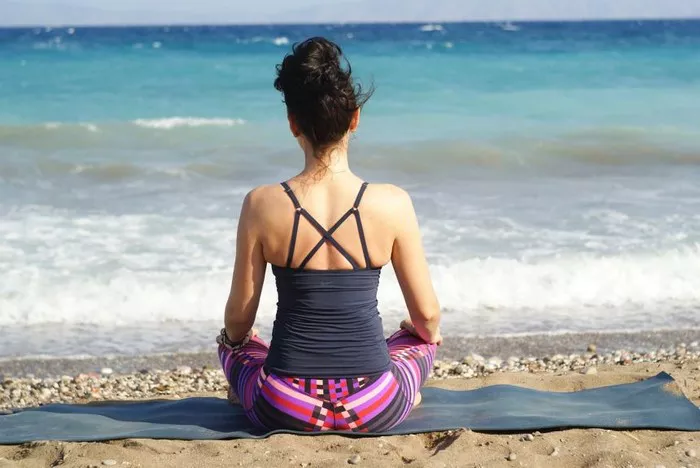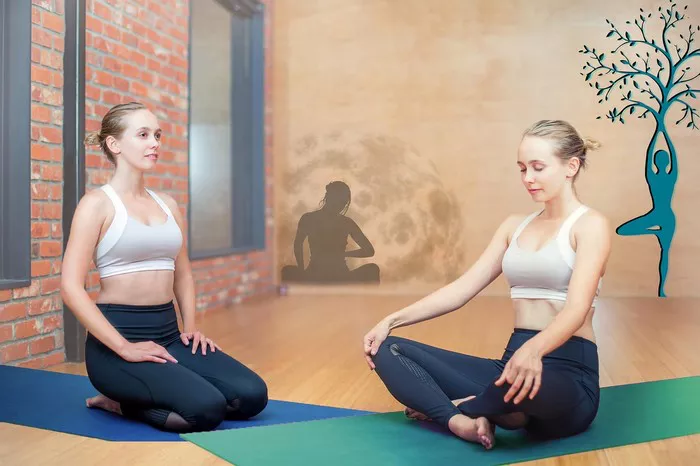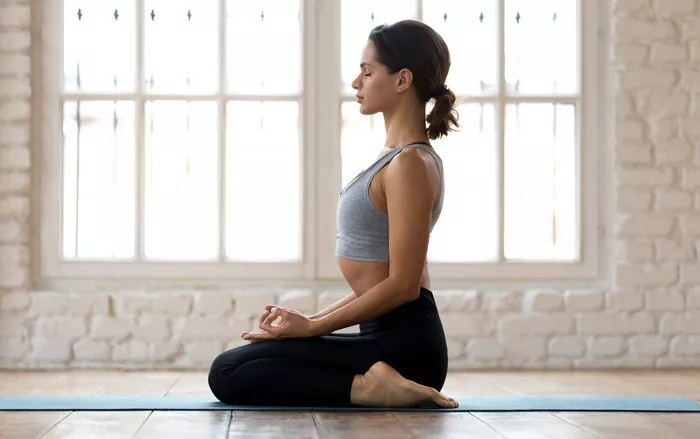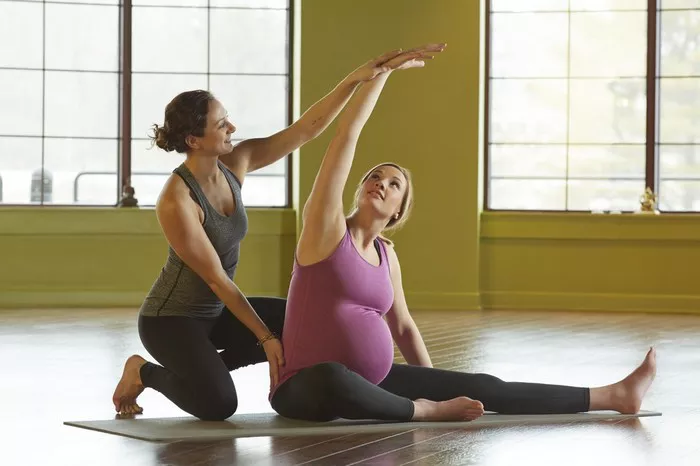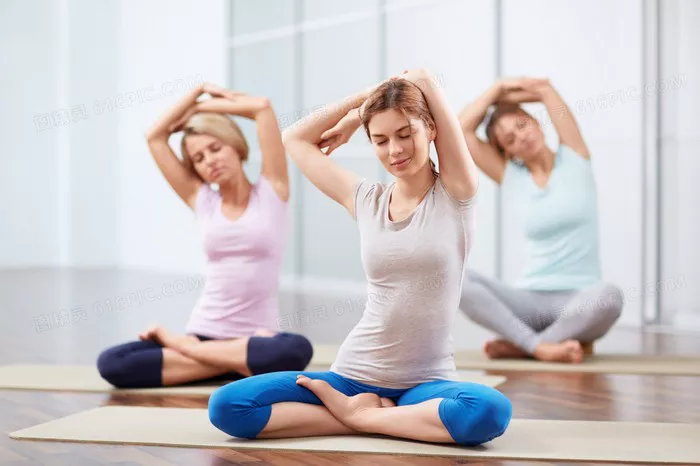Ashtanga Yoga is renowned for its highly structured sequence of postures, a carefully crafted roadmap that unfolds in a specific order. This unwavering structure is both a blessing and a challenge. The sequence begins with the Primary Series, progresses through the Intermediate Series, and culminates in the Advanced Series, each building on the previous one.The fixed order demands that practitioners master each pose in sequence before moving on to the next. This sequential progression requires not only physical strength and flexibility but also mental discipline.
Physical Demands: A Full – Body Workout on Steroids
Ashtanga Yoga presents a comprehensive physical challenge that engages almost every muscle group in the body. The practice combines strength, flexibility, balance, and endurance in ways that few other forms of exercise do.
Strength – Building Components
Core Strength: Postures like Navasana (Boat Pose) and Bakasana (Crow Pose) require significant core strength. The core muscles must constantly engage to support the body’s weight and maintain stability in these challenging balances. Without a strong core, it becomes nearly impossible to hold these poses for the required duration, let alone transition smoothly between them.
Upper Body Strength: Inversions such as Sirsasana (Headstand) and Sarvangasana (Shoulderstand), along with arm – balances, demand powerful shoulders, arms, and wrists. These postures not only test the muscular strength but also the joint stability of the upper body. As the body is inverted or balanced on the arms, the upper body must bear the entire weight, making it a true test of strength and endurance.
Flexibility Requirements
Spinal Flexibility: Ashtanga is filled with deep forward folds, backbends, and twists that require a high degree of spinal flexibility. Poses like Ustrasana (Camel Pose) and Urdhva Dhanurasana (Upward Bow Pose) stretch the spine to its limits, opening the front and back of the body. Achieving the proper depth and alignment in these backbends necessitates a flexible spine, which often takes months or even years of consistent practice to develop.
Hip and Hamstring Flexibility: Forward folds like Paschimottanasana (Seated Forward Bend) and Janu Sirsasana (Head – to – Knee Pose) target the hips and hamstrings. Tightness in these areas can prevent the body from fully folding forward, limiting the practitioner’s ability to perform the postures correctly. Improving hip and hamstring flexibility is a gradual process that requires patience and regular stretching.
The Breath – Movement Synchronization: A Mental and Physical Tug – of – War
One of the defining characteristics of Ashtanga Yoga is the synchronization of breath with movement, known as vinyasa. This aspect adds an extra layer of difficulty to the practice. In Ashtanga, each movement is accompanied by a specific breath pattern, typically inhaling to lift or expand the body and exhaling to fold or contract.
Maintaining this breath – movement synchronization throughout the entire sequence is extremely challenging. It requires a high level of concentration and body awareness. If the breath becomes irregular or out of sync with the movements, it can disrupt the flow of energy in the body, leading to fatigue, tension, and a loss of focus. The breath serves as the guiding rhythm for the practice, and mastering this synchronization demands both mental discipline and physical coordination.
The Mental Fortitude Factor: More Than Just Physical Prowess
Ashtanga Yoga is as much a mental challenge as it is a physical one. The long, intense practice sessions can test a practitioner’s mental resilience. The repetitive nature of the sequence, with the same postures and movements practiced over and over again, can lead to boredom or frustration.
Staying focused and motivated during a long Ashtanga session requires a strong mental attitude. The practice forces practitioners to confront their limitations, both physical and mental. Overcoming self – doubt, fear of failure, and the temptation to give up are all part of the mental journey in Ashtanga. It’s not uncommon for practitioners to experience mental blocks when attempting new or difficult postures, and learning to push through these barriers is essential for progress.
The Element of Consistency: A Demanding Commitment
Ashtanga Yoga thrives on consistency. Regular practice is not just recommended; it’s essential for seeing progress. The system is designed in such a way that the body gradually adapts and becomes stronger and more flexible over time with repeated exposure to the sequence.
However, maintaining this consistency can be a significant challenge in today’s busy world. Practicing Ashtanga requires setting aside dedicated time each day, often for an hour or more. Missing a few days of practice can set back progress, as the body may lose some of the strength, flexibility, and movement memory it has developed. This demanding commitment to consistency makes Ashtanga a difficult practice to integrate into a busy lifestyle.
Progression Challenges: A Slow and Steady Climb
Advancing through the Ashtanga series is a slow and arduous process. Each series builds on the previous one, and moving from one series to the next requires a high level of proficiency in the current series.
The transition between series is not simply a matter of adding new postures. It involves a deeper understanding of the practice, improved strength, flexibility, and breath control. The body must be ready to handle the increased demands of the next series, and this readiness is not achieved overnight. Many practitioners spend years in a particular series, working on perfecting their postures and mastering the subtleties of the practice before being able to progress.
Conclusion
In conclusion, Ashtanga Yoga’s difficulty stems from a combination of its rigorous sequence structure, intense physical demands, breath – movement synchronization, mental challenges, the need for consistency, and the slow progression process. While these aspects make it a tough practice, they also contribute to its profound benefits. Practicing Ashtanga can lead to remarkable physical transformation, improved mental clarity, and a greater sense of self – awareness. Embracing the challenge of Ashtanga Yoga can open the door to a deeper, more fulfilling yoga practice and a journey of self – discovery and growth.




